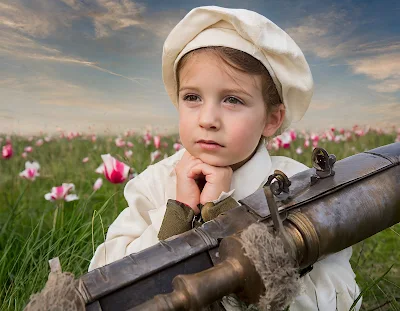In the ever-evolving landscape of artificial intelligence, two captivating concepts, the Metaverse and Omniverse, are emerging as transformative forces. Let’s delve into their distinct realms and explore the potential they hold for reshaping our digital future.
The Metaverse: A Universe Within the Virtual Sphere
The Metaverse is a collective virtual shared space that is created by the convergence of physical and virtual reality. It is not just a single virtual universe but a vast interconnected network of digital spaces where users can interact with a computer-generated environment and other users in real-time.
Key Features:
1. Immersive Environments: From virtual reality (VR) to augmented reality (AR), the Metaverse offers immersive experiences that transcend traditional digital interactions.
2. User-Generated Content: Users actively contribute to the creation and evolution of the Metaverse, shaping its landscapes and narratives.
3. Cross-Platform Connectivity: It spans various platforms, ensuring accessibility from different devices and technologies.
Applications:
1. Gaming: Virtual gaming experiences with real-time interactions.
2. Socializing: Digital platforms for socializing and networking.
3. Education: Immersive learning environments.
The Omniverse: Unifying the Digital Multiverse
In NVIDIA's vision, the Omniverse is an interconnected and interoperable simulation of our world and beyond. It's not just about virtual spaces but a comprehensive model of the entire universe of simulation.
Key Features:
1. Simulation at Scale: Omniverse aims to simulate vast and complex environments, including real-world physics and dynamics.
2. Interoperability: It fosters collaboration by allowing different simulation engines to work together seamlessly.
3. AI Integration: Leveraging artificial intelligence for more realistic and dynamic simulations.
Applications:
1. Design and Architecture: Simulating and visualizing architectural projects.
2. Autonomous Vehicles: Testing and simulating autonomous driving scenarios.
3. Scientific Research: Modeling and simulating complex scientific phenomena.
Divergence and Convergence:
- User Interaction: While the Metaverse focuses on user-driven experiences, the Omniverse emphasizes comprehensive simulations.
- Scope: The Metaverse is expansive in virtual interactions, while the Omniverse extends to real-world simulations.
Conclusion:
Both the Metaverse and Omniverse represent the next frontier in digital evolution, each offering unique possibilities. Whether we immerse ourselves in user-created virtual realms or engage in comprehensive simulations of the real world, these concepts are set to redefine how we interact with and perceive the digital universe.








